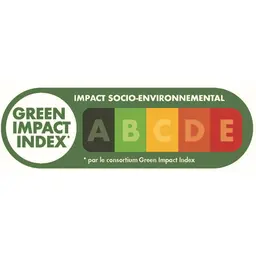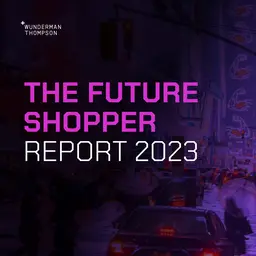
We have already talked in these chronicles about this notion of mixology [1]. To quickly summarize my position, it consists in considering that there are two definitions of mixology, one good and one bad. The bad one is a fairly common practice in many laboratories and is basically mixing anything, preferably anything, to try to do something. In the end, this often leads to poorly defined products, for which serious questions arise during the industrial transposition stage. The good one concerns the mixing techniques of premixes allowing to quickly and almost infinitely define new performing associations.
In a recent article[2], Thierry Marx, the starred chef, among others, of the Mandarin Oriental in Paris, who is also very involved in many innovative societal approaches, discusses a rather close and interesting notion,"mixing". Invited to the"Osons la France" exhibition, the chef tried to clarify some preconceived ideas about molecular cooking and to invent the future of cooking at the French Centre for Culinary Innovation (CFIC). He sifted through the Mixagination, the theme of the INPI 2014 Trophies, for which he chaired the jury. The award ceremony was at the beginning of December[3]. " Innovation is everywhere, believes Thierry Marx "in high schools, companies, universities" . For him, it is necessary to decompartmentalize these worlds. For example at CFIC, the chef collaborates with the physico-chemist Raphaël Haumont. " The fusion between crafts and research", he sums it up. Innovations are born from this association. For example, they found that the white part of citrus fruits contains pectin. This natural gelling agent makes an instant, sugar-free organic marmalade. One of the award-winning projects comes from know-how technologies with Mathieu Lustrerie[4], which reinvented the chandelier with special LEDs, revisiting the old idea of the "candlelit dinner"! This example illustrates quite well how …













